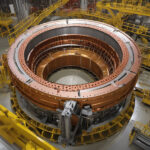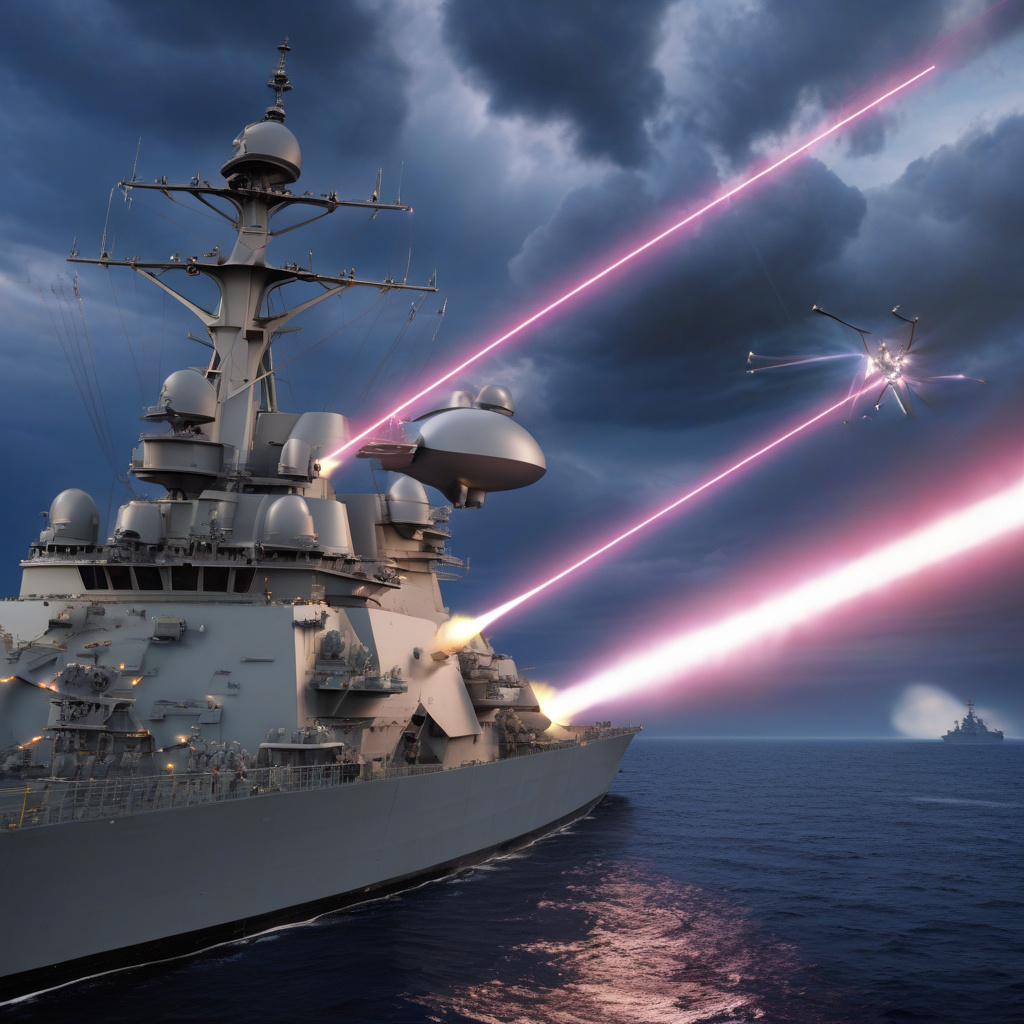US Navy’s Secret SONGBOW Laser Packs 400kW Punch to Fry Drones, Missiles Mid-Air
The US Navy has taken a significant step forward in the race to develop next-generation defense systems with the introduction of the secretive SONGBOW laser. This cutting-edge technology boasts a formidable 400kW power capacity, allowing it to effectively neutralize threats such as drones and missiles in mid-air.
Unlike conventional weaponry that relies on physical projectiles or explosives, laser-based systems offer a precise and cost-effective means of targeting hostile entities. The SONGBOW laser, in particular, represents a leap forward in the Navy’s arsenal, showcasing the military’s commitment to staying at the forefront of innovation in defense technology.
One of the key advantages of laser weapons like SONGBOW is their speed and accuracy. Traditional missile defense systems often face challenges in intercepting fast-moving targets due to the limitations of physical projectiles. In contrast, lasers travel at the speed of light, enabling near-instantaneous engagement and destruction of incoming threats.
Moreover, the scalability of laser systems allows for versatile deployment across a range of scenarios. Whether dealing with swarms of enemy drones or high-speed anti-ship missiles, the SONGBOW laser can adapt to various operational requirements with precision and efficiency.
The integration of advanced targeting and tracking capabilities further enhances the effectiveness of the SONGBOW laser. By leveraging cutting-edge sensor technologies, the Navy can identify and engage multiple threats simultaneously, providing a robust defense shield against evolving security challenges.
In addition to its offensive capabilities, the SONGBOW laser also offers significant advantages in terms of cost and sustainability. Unlike traditional ammunition-based systems that require constant reloading and maintenance, laser weapons have lower operating costs and reduced logistical burdens, making them a cost-effective solution for long-term defense strategies.
Furthermore, the environmental impact of laser weapons is significantly lower compared to conventional munitions. By minimizing the need for physical projectiles and explosives, the SONGBOW laser contributes to a more sustainable and eco-friendly approach to military operations, aligning with broader efforts to reduce carbon footprints and promote green technologies.
The development of the SONGBOW laser underscores the US Navy’s commitment to leveraging cutting-edge innovations to maintain military superiority in an increasingly complex security landscape. By investing in next-generation technologies like laser weapons, the Navy is not only enhancing its defensive capabilities but also signaling its readiness to confront emerging threats with unmatched precision and efficiency.
As the global defense sector continues to evolve, the adoption of advanced laser technologies like SONGBOW paves the way for a new era of warfare characterized by speed, accuracy, and sustainability. With its ability to neutralize airborne threats swiftly and effectively, the SONGBOW laser stands as a testament to the Navy’s dedication to staying ahead of the curve in defense innovation.
In conclusion, the US Navy’s deployment of the SONGBOW laser represents a significant milestone in the development of next-generation defense systems. Through its cutting-edge capabilities, precision targeting, cost-effectiveness, and environmental sustainability, the SONGBOW laser embodies the Navy’s commitment to staying at the forefront of technological advancements in safeguarding national security.
#USNavy #SONGBOWLaser #DefenseInnovation #MilitaryTechnology #PrecisionDefense












